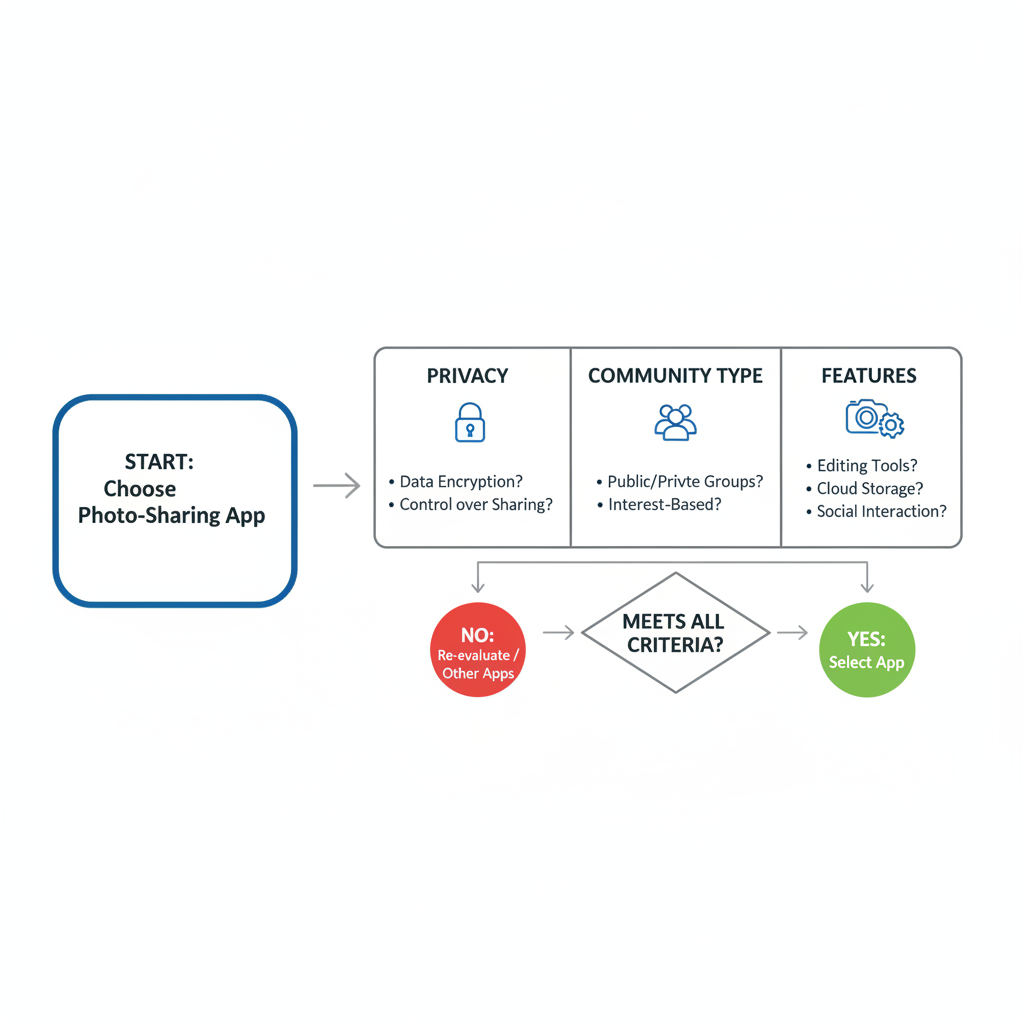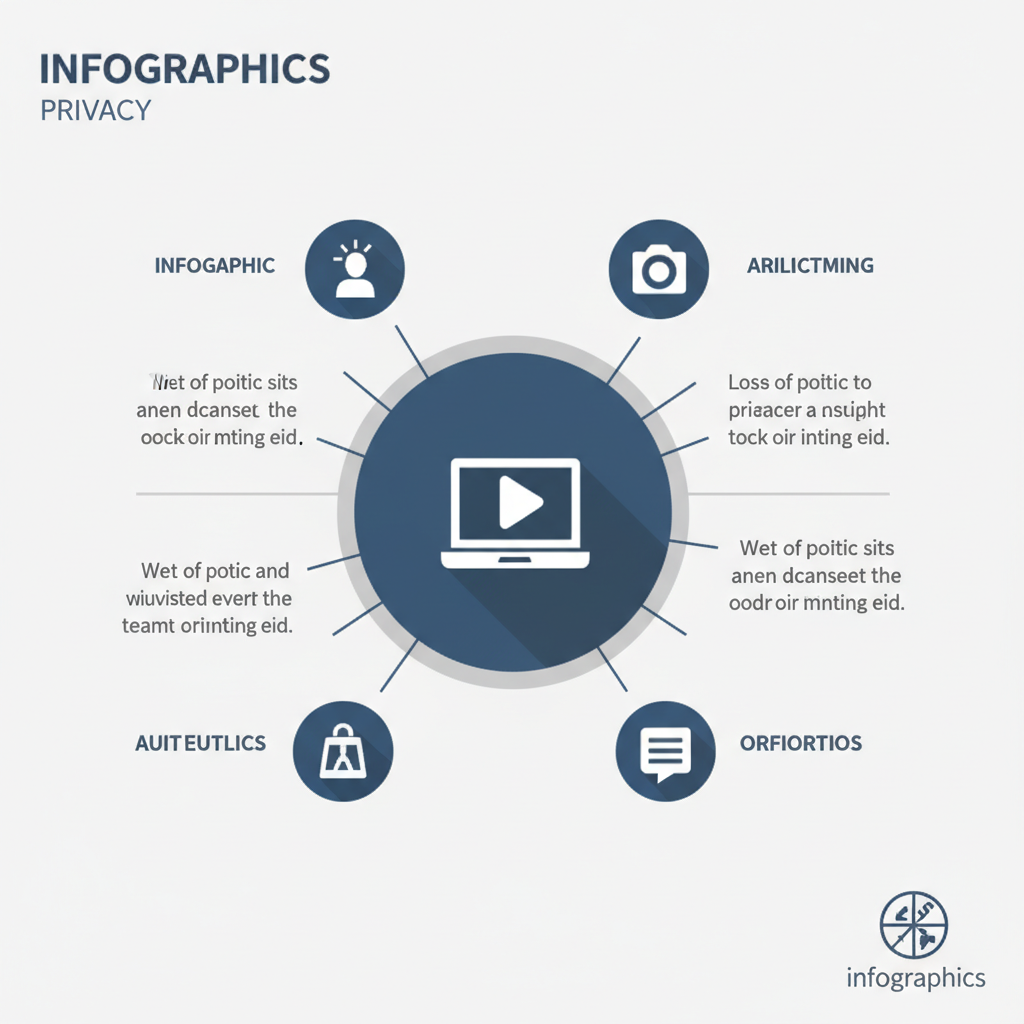Is There an Alternative to Instagram? 8 Best Options
Discover 8 top Instagram alternatives with features like privacy-first design, chronological feeds, and niche communities to suit different user needs.

Introduction: Exploring the Best Alternatives to Instagram
Instagram has reigned supreme in the social media sphere for over a decade, becoming the default hub for sharing photos, stories, and reels with a vast global audience. As of now, it boasts more than two billion active users and serves as a powerful tool for influencers, businesses, and casual sharers alike.
Yet for all its popularity, many people are asking: is there an alternative to Instagram that better fits my needs? Concerns about privacy, algorithm biases, and a desire for more authentic or niche-based communities are driving users to explore different platforms. This guide provides a detailed look at viable Instagram alternatives, their features, and how they stack up.

Privacy and Data Concerns
Instagram, under Meta’s ownership, collects extensive data—from your on-platform activity to your geographic location and even off-platform behavior. This information powers advertising models but often feels invasive to privacy-conscious users.
Those seeking greater data control increasingly turn to decentralized or privacy-first social networks, attracted by features such as encrypted messaging and minimal tracking.
Niche Communities and Algorithm-Free Feeds
One common frustration with Instagram is its feed algorithm, which can prioritize sponsored posts and popular trends over updates from followed accounts. This limits organic exposure, particularly for smaller or niche creators.
Platforms that cater to specific interests often deliver more genuine engagement, fostering dedicated followings without algorithmic interference. Chronological feeds and curated interest groups are attractive to users who prefer relevant, intentional content.
Criteria for Evaluating Instagram Alternatives
Choosing the right alternative requires careful consideration of several core aspects:
- Ease of Use – Smooth transition with intuitive navigation and posting.
- Privacy Practices – Transparent handling of user data.
- Features – Robust tools for creation, sharing, and interaction.
- Audience Size – Balances exposure potential against community intimacy.
- Monetization Options – Essential for creators seeking income streams.
| Criteria | Why It Matters |
|---|---|
| Ease of Use | Minimizes learning curve when switching from Instagram. |
| Privacy Practices | Ensures data protection and user control over shared information. |
| Features | Provides creative tools for content production and community engagement. |
| Audience Size | Affects reach and potential interaction levels. |
| Monetization Options | Supports revenue generation for creators. |
1. VSCO – Minimalistic, Creative Photo Sharing
VSCO is loved by photographers and visual artists for its clean interface and professional-grade editing tools. Engagement metrics are minimal, so the emphasis remains on creative expression rather than popularity contests.
Key Features
- High-quality filters and adjustment options.
- Encourages visual storytelling over social metrics.
- Calm, inspiration-focused environment.
VSCO suits users seeking artistry and focus without algorithmic noise.

2. Vero – Chronological Feed, Ad-Free Experience
Vero promises a truly chronological feed and a 100% ad-free space. Content visibility is determined solely by posting time—not algorithms—ensuring authenticity.
Key Features
- Supports diverse media: images, links, music, books.
- Rich customization options for profiles.
- No invasive advertising or mining of personal data.
Best for those craving organic reach and distraction-free interaction.
3. Flickr – Photography-First Platform
Originating long before Instagram, Flickr has carved a niche among photographers worldwide.
Key Features
- Extensive image storage and categorization.
- Collaborative groups tied to specific topics.
- Licensing tools and organizational capabilities.
Flickr’s Pro plan upgrades stats, storage, and removes ads—ideal for serious photo enthusiasts.
4. EyeEm – Marketplace for Selling Photos
EyeEm blends community engagement with commercial opportunity by connecting photographers to buyers.
Key Features
- Direct sales opportunities through EyeEm Market.
- Missions and challenges to boost exposure.
- Quality-centered content curation.
Perfect for monetizing creative output while engaging with fellow photographers.
5. Mastodon – Decentralized Social Networking
As a part of the Fediverse, Mastodon offers interconnected yet independent community servers, fostering privacy and autonomy.
Key Features
- Federated network of user-managed instances.
- Customized moderation policies per community.
- Supports rich media alongside text updates.
Ideal for users valuing self-governance and targeted community culture.

6. Pinterest – Visual Discovery platform
Pinterest functions more like a powerful visual search engine than a traditional social network, making it a go-to for idea collection and inspiration.
Key Features
- Board-based content organization.
- Highly discoverable through keyword optimization.
- Seamless integration with websites and online stores.
Excellent for driving blog traffic or boosting e-commerce visibility.
7. Behance – Creative Portfolio Hub
Owned by Adobe, Behance is where creative professionals can present polished projects to an industry-savvy audience.
Key Features
- Project-centric uploads instead of casual snapshots.
- Potential exposure to recruiters and collaborators.
- Integrated with Adobe Creative Cloud workflows.
Best for building professional credibility and networking.
8. Tumblr – Flexible Microblogging
Tumblr combines the visual with the written word in a customizable blog format.
Key Features
- Multiple supported post types.
- Strong subcultures around art, fandom, and commentary.
- Highly flexible for narrative-driven visual projects.
Appeals to creators who value a blend of imagery, text, and unique personalization.
Tips for Successfully Moving Away from Instagram
Transitioning to a new platform should be strategic to retain your audience:
- Repurpose Content – Adapt existing media for new platform formats.
- Announce Your Move – Use current channels to inform followers.
- Engage – Learn the etiquette and style of your new community.
- Cross-Post – Maintain simultaneous activity during the transition phase.
Example: Cross-Posting Timeline
Day 1: Publish on Instagram + VSCO
Day 3: Instagram teaser linking full post on Vero
Week 2: Reduce Instagram posts by half, increase alternative activityThis gradual phase-in helps sustain audience engagement and familiarity.
Conclusion: Find the Instagram Alternative That Matches Your Goals
Whether your priority lies in privacy, creative focus, monetization, or niche community integration, there is a platform that can offer more than Instagram in the areas that matter most to you. By assessing criteria such as ease of use, audience type, and data policies, you can choose a space that aligns with your vision and values.
If you’ve been asking is there an alternative to Instagram, the answer is clear—many options exist, each with distinct strengths. Explore, experiment, and identify the platform that best supports your creative or professional journey. Ready to make the switch? Start testing alternatives today and take control of your social media experience.



